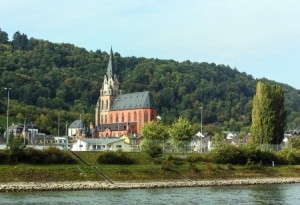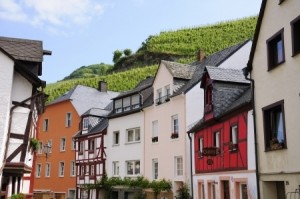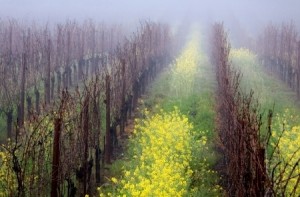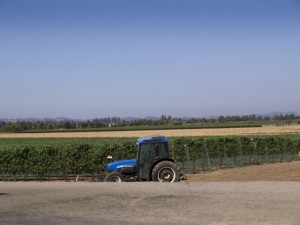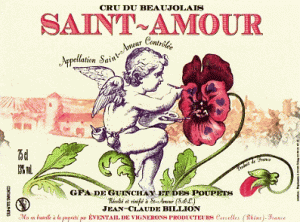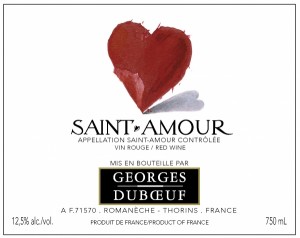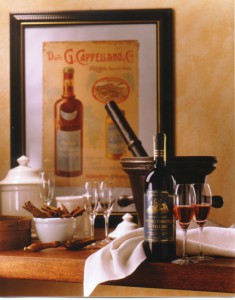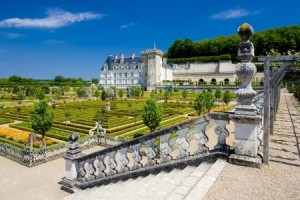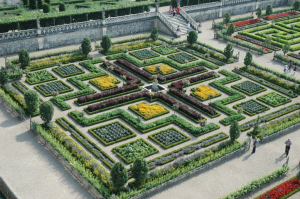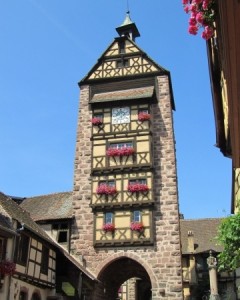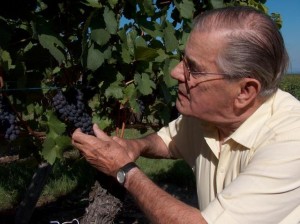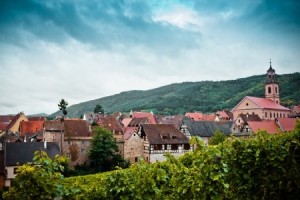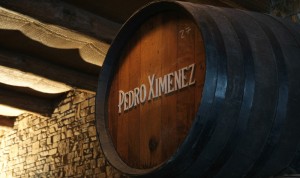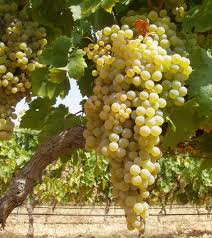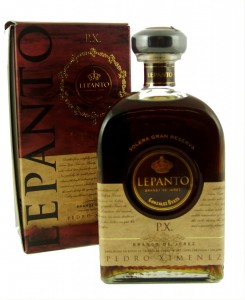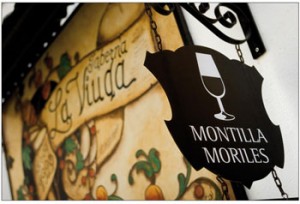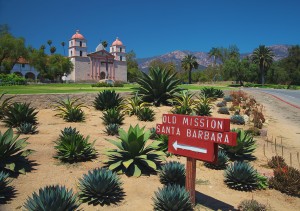 There’s a new AVA in Santa Barbara County! Officially approved on October 1, 2013, the new Ballard Canyon AVA is located within the existing Santa Ynez AVA. With this new addition, there are now a total of five AVAs located within Santa Barbara County: Santa Ynez Valley, Sta. Rita Hills, Happy Canyon of Santa Barbara, Santa Maria Valley, and the newest member, Ballard Canyon.
There’s a new AVA in Santa Barbara County! Officially approved on October 1, 2013, the new Ballard Canyon AVA is located within the existing Santa Ynez AVA. With this new addition, there are now a total of five AVAs located within Santa Barbara County: Santa Ynez Valley, Sta. Rita Hills, Happy Canyon of Santa Barbara, Santa Maria Valley, and the newest member, Ballard Canyon.
Santa Barbara County, located a 90-minute drive north of Los Angeles, sits on the Southern California coast between San Luis Obispo County to the north and Ventura County to the south. The area is geologically unique in that it is one of the few places on the California Coast where both the coastline and the mountain ranges – including the Santa Ynez Mountain Range (located near the coast) and the San Rafael Mountain Range (further inland) run east-west as opposed to north-south.
The transverse nature of the region creates an east-west flow of ocean breezes off of the Pacific Ocean, as well as a diversity of soils from diatomaceous earth near the shore and chert and limestone further inland. With such diverse terroir, it makes sense for the region to host five AVAs.
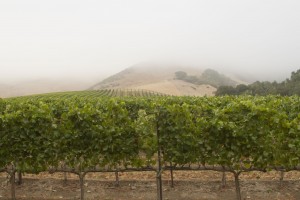 Santa Maria Valley – The Santa Maria Valley, 35 miles north of Santa Ynez, is the northernmost of Santa Barbara’s five AVAs, and was the first area to be officially recognized as an AVA. The often foggy and windswept region has complex soil conditions and is known for cool weather grapes including Chardonnay and Pinot Noir. The oldest commercial vineyard in Santa Barbara County, the Nielson Vineyard, was planted in 1964 in Santa Maria Valley.
Santa Maria Valley – The Santa Maria Valley, 35 miles north of Santa Ynez, is the northernmost of Santa Barbara’s five AVAs, and was the first area to be officially recognized as an AVA. The often foggy and windswept region has complex soil conditions and is known for cool weather grapes including Chardonnay and Pinot Noir. The oldest commercial vineyard in Santa Barbara County, the Nielson Vineyard, was planted in 1964 in Santa Maria Valley.
Santa Ynez Valley – The region’s largest AVA, Santa Ynez Valley, is a long, east-west corridor with a diversity of climates; the cool temperatures near the coast become progressively warmer inland. Many types of grapes and wine are produced in this region, from Chardonnay, Pinot Noir, and botrytis-affected wines in the west to Bordeaux and Rhône varieties in the west.
Sta. Rita Hills – The Sta. Rita Hills AVA sits mostly within the larger Santa Ynez Valley AVA, on its western border, and therefore much cooler than the inland areas. Located just a few miles from the Pacific Ocean, the area generally sits under marine layer clouds and fogs in the morning. By 10 am, the fogs burns off and gives way to a few hours of calm sunshine. In the afternoon, the on-shore breezes pick up, giving this region an overall maritime climate well-suited to Chardonnay and Pinot Noir. Located between the towns of Buellton and Lompoc, the area is intersected by the Santa Ynez River.
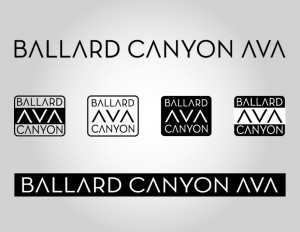 Ballard Canyon – Located in the center of Santa Ynez Valley, with Sta. Rita Hills to the west and Happy Canyon to the east, the area’s newest AVA enjoys the hot, sunny days of its relatively inland position, and the cool nights brought in by post-sunset ocean breezes. At 7,800 acres (560 of which are planted), Ballard Canyon is by far the smallest AVA in Santa Barbara County. (By comparison, Sta. Rita Hills is 64,000 acres.) Ballard Canyon is planted heavily towards the Rhône varieties of Syrah, Grenache, Roussanne, and Viognier, as well as Sangiovese, Sauvignon Blanc, and other international varieties.
Ballard Canyon – Located in the center of Santa Ynez Valley, with Sta. Rita Hills to the west and Happy Canyon to the east, the area’s newest AVA enjoys the hot, sunny days of its relatively inland position, and the cool nights brought in by post-sunset ocean breezes. At 7,800 acres (560 of which are planted), Ballard Canyon is by far the smallest AVA in Santa Barbara County. (By comparison, Sta. Rita Hills is 64,000 acres.) Ballard Canyon is planted heavily towards the Rhône varieties of Syrah, Grenache, Roussanne, and Viognier, as well as Sangiovese, Sauvignon Blanc, and other international varieties.
Happy Canyon of Santa Barbara – First recognized as an AVA in 2009, Happy Canyon is located to the east of the Santa Ynez Valley, making this one of the warmest areas in Santa Barbara County. Summertime temperatures often reach the low to mid-nineties. The region specializes in Bordeaux and Rhône varietals. Local lore suggests that the name of the region comes from the time of Prohibition when bootleg alcohol was produced in the region, prompting folks to “take a trip to Happy Canyon.”
Some beautiful maps of the AVAs of Santa Barbara can be found on the website of the Santa Barbara County Vintners’ Association: http://sbcountywines.com/vineyards/map.html.
Click here to return to the SWE Website.
Post authored by Jane A. Nickles, CWE – your SWE Blog Administrator – jnickles@societyofwineeducators.org
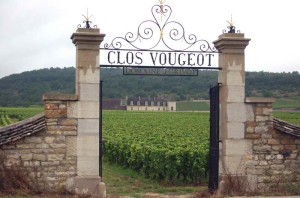
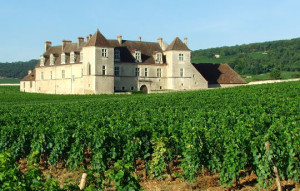
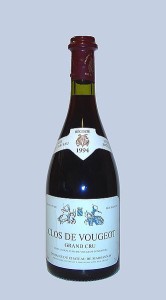
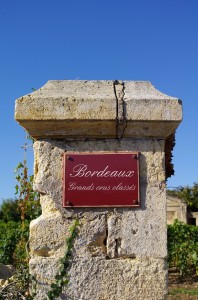
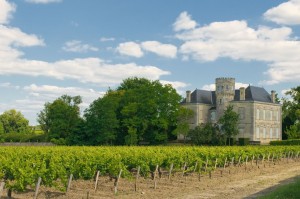
![9.8-The-Haut-Medoc-4-color-[Converted]](http://winewitandwisdomswe.com/wp-content/uploads/2013/09/9.8-The-Haut-Medoc-4-color-Converted-231x300.jpg)
